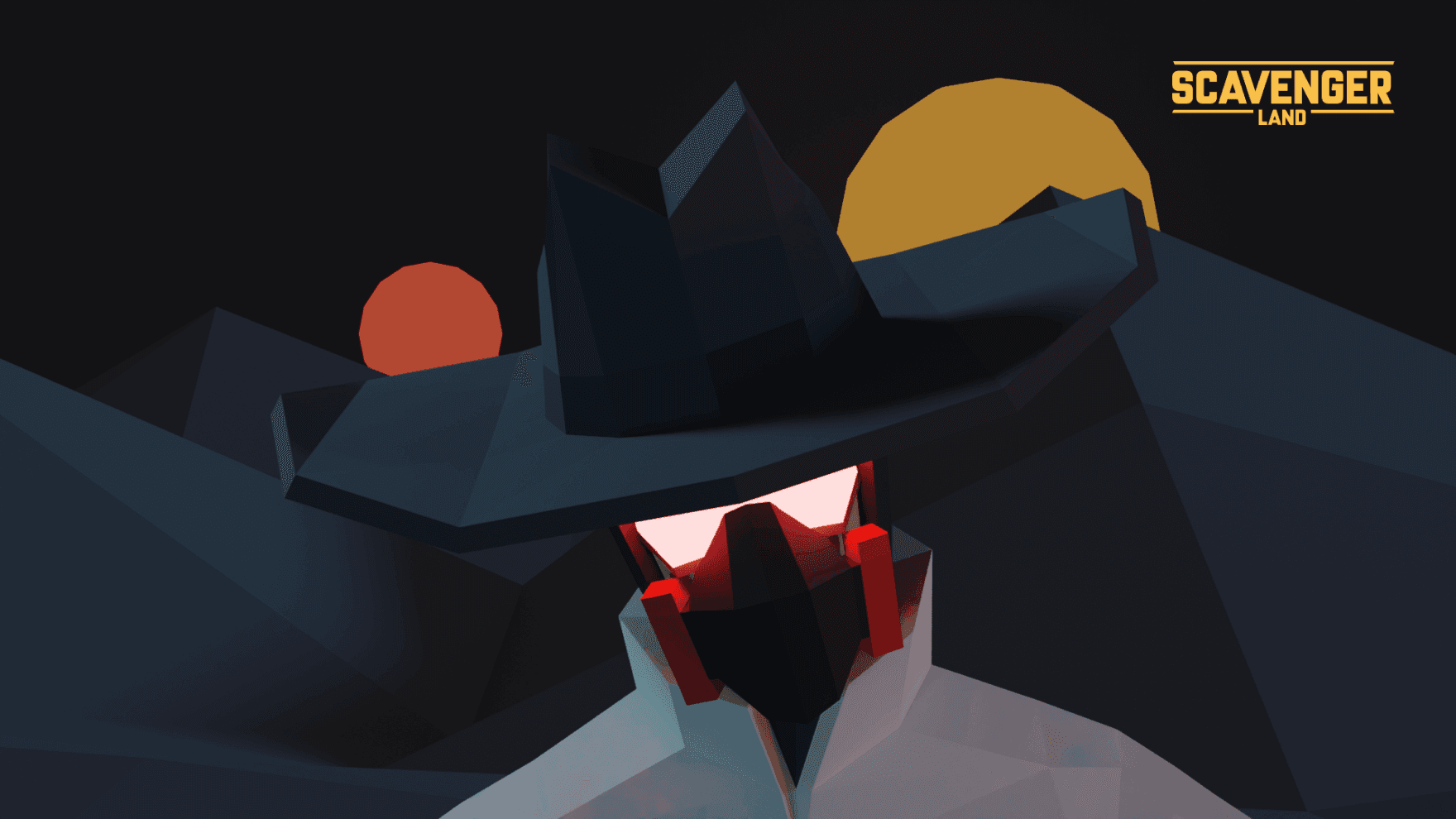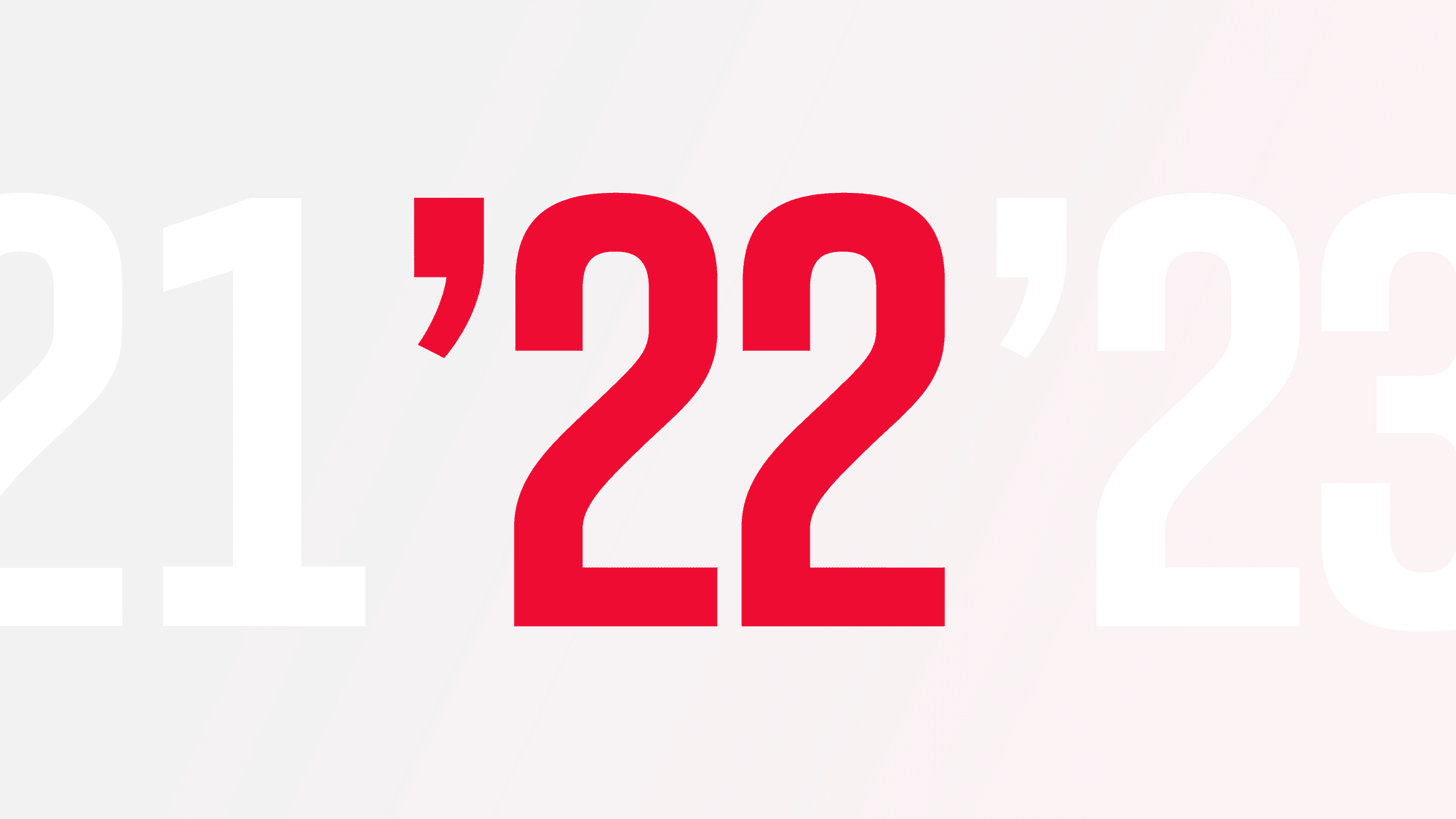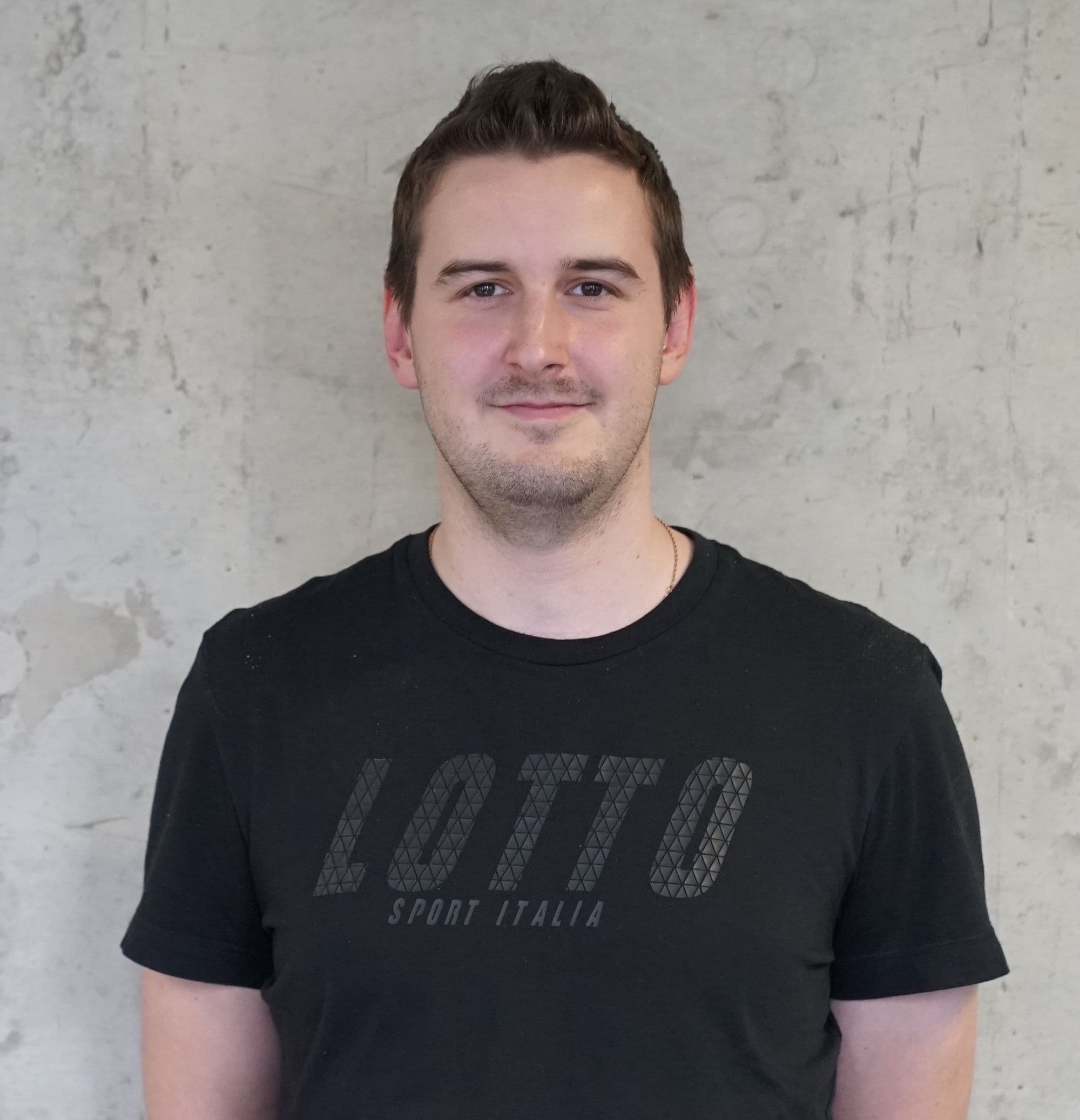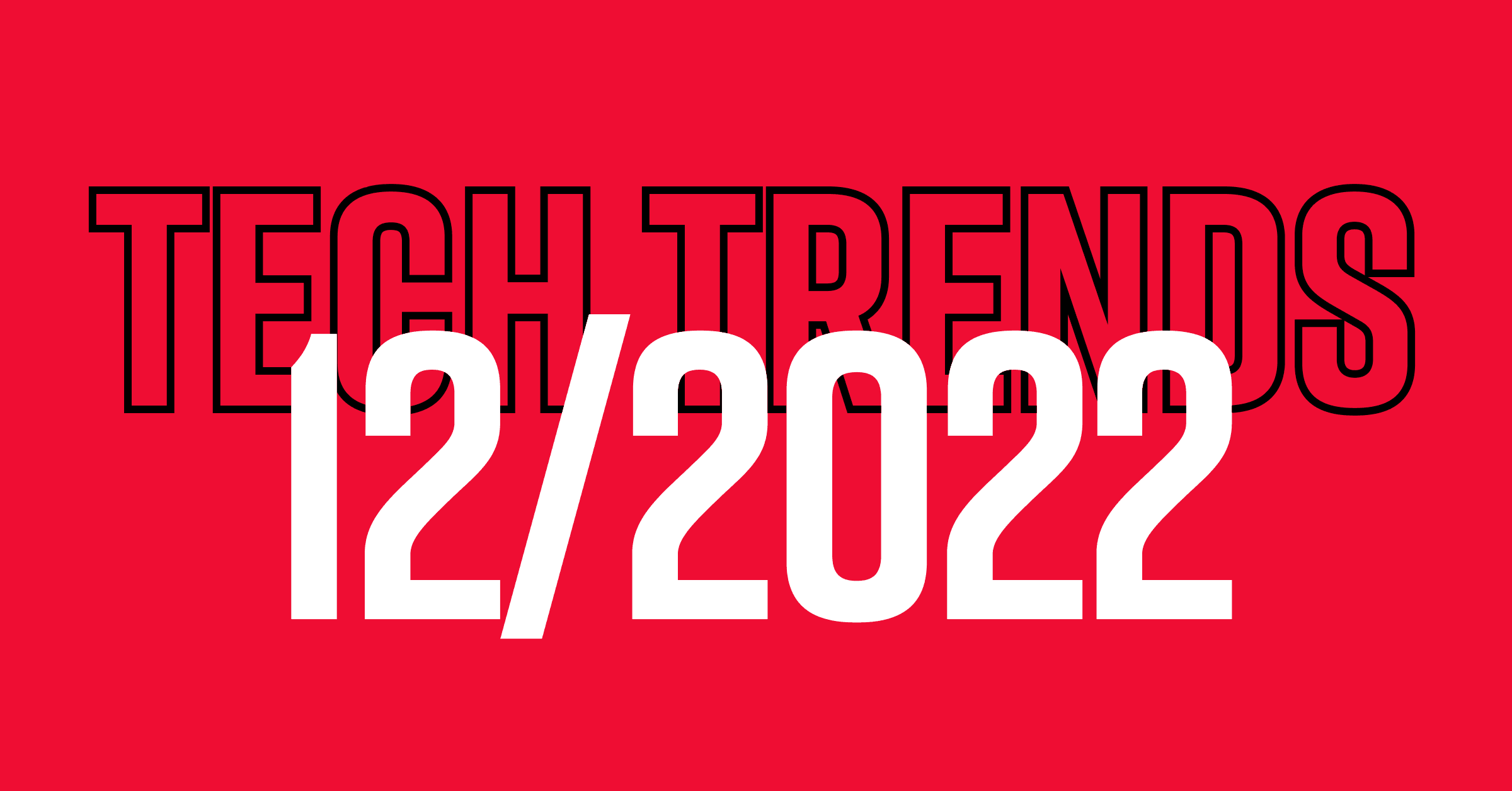One of the newest projects under STRV Labs, Scavenger Land is a space western multiplayer tactical game inspired by the NFT world. It’s fully web-based and, although it’s in the early stages, it’s already making waves on Discord and Twitter.
Founded by two of STRV’s co-founders, Martin Stava and Pavel Zeifart, the NFT game is one of the first of its kind — and it comes with a lot of unknowns.
Creating a multifaceted product within an emerging industry that has completely redefined the production process compared to AAA games? Not a walk in the park. And as for learning from others, some NFT OGs have recently turned out to be examples of what not to do.
But while there’s a lot to iterate on the go, there’s also so much to savor — from getting to engage with an incredible community to designing some really, really cool weapons.
With the Genesis Drop date coming soon, we spoke to Martin and Pavel, discussing the intentions driving Scavenger Land, how it’s defined by the technology behind it and what the future holds.
What is Scavenger Land and the overarching goal of the game?
MS: Scavenger Land is a web-based strategic NFT game with sustainable economics and deep immersive gameplay.
We expect the majority of players to play for fun. Only the best players can earn money, and that’s what makes it sustainable rather than a play-to-earn pyramid game.
PZ: Our intention is to create a first-class citizen in the NFT world that’s not a pay-to-win game. We can then monetize the experience by offering additional items and even more immersive gameplay.
What do you see as the foundation of getting this right?
MS: Before anything, we want to build a great game; NFTs are just the way for players to own their items and for us to monetize. Then we need to create an environment where people really want to invest in valuable items. And in our case, those are rare weapons with really cool effects and customizable characters.
Can you explain “sustainable economics” a bit?
MS: There is no way to build a game where 100% of players are making money at all times. So, there has to be some kind of a utility that 80% of players are willing to purchase just because they see value in it. Meaning, 80% of players are playing for fun — and they're actually spending money because they want those special items, character skins, stuff like that.
Then, there can be that 5–10% of the best players who are playing every day and are so good at the game that they get access to making those special items, which they can share with the community by selling to other players. And then there is a chance for a limited number of players to get special items early on, by joining in the Genesis Drop.
What makes Scavenger Land different — not just from games already out there, but other NFT games in the works?
MS: Our game is completely web-based. It’s a 3D game, but you don't need to download anything; you can play from your web browser. Another standout is that we are taking special care to build sustainable economics into the game so it can be played for a long time — for the sake of playing, and not just as a money grab.
The whole NFT gaming industry is very new, so it’s hard to compare. But there are lessons to be learned by looking at Axie Infinity, the super popular play-to-earn game that’s now in deep water due to its tokenomics being unsustainable.
Why are communities so important and game-changing in the NFT world?
PZ: It’s great to see how the community’s engaged. We have people who are really into it, and they act as advocates for the game. That's really exciting.
It’s a complete 180 compared to AAA games, where you have big studios announcing a game and then you wait three years, get a trailer and wait another three years. The nature of NFT games lets you iterate slowly, which means ongoing updates, presales, letting people participate in smaller portions of the game. It’s so much more transparent.
MS: The community is much more involved. The reason is that one of the most prominent NFT projects early on was only about community — Bored Ape Yacht Club. In general, that’s what established community as a crucial part of these projects.
What have been some creative inspirations behind Scavenger Land?
PZ: We’re really geeky; Star Wars, sci-fi, all that. I'm really into the science of both the real world and the fantasy one. So our lore is definitely inspired by Star Trek, Star Wars and sci-fi movies like Interstellar. But also by Neil deGrasse Tyson and other notable people who’ve helped sort of popularize space.
It’s not that I know that much about it, but I really enjoy learning and getting to create something new — like writing the backstory for a planet. It’s super exciting to read up on the science behind some movies or figure out the wiggle room for us in making something believable.
On the blockchain side, which technologies are you using and how might this evolve in the future?
MS: We are building on top of Polygon, a scaling solution on top of Ethereum’s blockchain. The idea is that we will have fast and cheap transactions while staying where the community is, which is currently Ethereum blockchain.
In the future, this allows us to build interoperability with other NFT projects into our game. So, for example, we can support scenarios like: If you own a Jadu Jetpack, you’ll be able to bring that jetpack into our game.
The overall idea is to stay where the community is while maintaining cheap transactions, because who wants to play a game where you have to pay $200 a day to play it?
On the web side, which language are you using and what makes your approach unique?
MS: We’re using WebGL and building our own distribution channels. WebGL has come a long way in the past 3–5 years; you can now build games that have immersive graphics that run in a web browser, and that's what we are aiming to do.
The reason why we haven't seen many games being built for the web is mostly that, historically, monetization has been an issue. To monetize web-based games, you would have to capture people's credit cards — and nobody wants to do that. But with NFTs, it will actually be much easier to monetize web games.
What do you see as the benefits of a web-based game?
PZ: There’s the advantage of not having a middleman to distribute the game. When building a game for consoles, you have companies distributing the game and you have to get to Microsoft or Playstation. For mobile games, you have to get approved by Apple or Google. But with web-based games, you can just launch it, with no one getting a cut of your revenue. Instead, you can share your revenue with players by them owning and trading their items.
Some parts of this can be seen as a disadvantage — for example, the effort needed to build our own distribution channels. But, we’ll then own those channels and nobody can tell us what to do.
How did you settle on the low-poly aesthetics of Scavenger Land?
PZ: Because of Scavenger Land’s planned scope, we have to think about what it’s going to look like, what the technical limitations are. On the web, every time you open the game, you have to download it — so we don't want to have huge chunks of data.
But we’ve always liked the low-poly style. It kind of just happened that it’s also a nice creative constraint that helps with web performance.
What are your short- and long-term plans for the future?
MS: Our plan for the next couple of months is to continue engaging with the community, sharing more and more of the assets and the art that we are building into the game.
Later on this year, we’ll have our first presale: The Genesis Drop, which will be open to early Discord members and the public. We’ll get to really reward the diehard fans.
PZ: And also, our long-term goal is always to build a great game. We’re building the world, showing it to the community, gathering feedback and starting to work on the game itself.
Can you share some overall thoughts about blockchain and NFTs, specifically in gaming?
PZ: It’s a bit of a two-edged sword. It’s a great opportunity because it allows you to monetize in a different way. On the other hand, there are many game developers trying to implement blockchain in their games just for the sake of having it. We're using it as something that helps make our game better; using it just because isn’t a good strategy.
MS: It’s a new business model for games that’s super community-friendly, allowing you to reward your early supporters. Compared to something like Kickstarter — where your backers receive the game license or some merch — this model gives early supporters something valuable, something they can sell.
Then you have the people who are really good at your game, who put hours and hours into playing it. You give them a chance to actually create the environment and competition for other players. These are the most valuable players for you as a game studio — and, using NFTs, you can actually reward them.
And finally, where do you see these technologies headed?
MS: There's a number of general NFT marketplaces emerging, like OpenSea, LooksRare, Coinbase NFT is in the making… I think that, in the future, we will see dedicated marketplaces solely for gaming items. I can also imagine some kind of a Kickstarter for games that will allow you to organize the presale of game items.
PZ: Another interesting scenario is: Imagine you own something in one game, and you can use a variation of it in a different game. Blockchain basically allows us to mirror something or react to something that's in a different game because it can read the data from one collection and build on that. Right now, game currencies and items are locked to one specific game and you can’t transfer the value elsewhere — and actually, that should be the Metaverse’s distinction.
But anyway. We’re just making a really good game.





